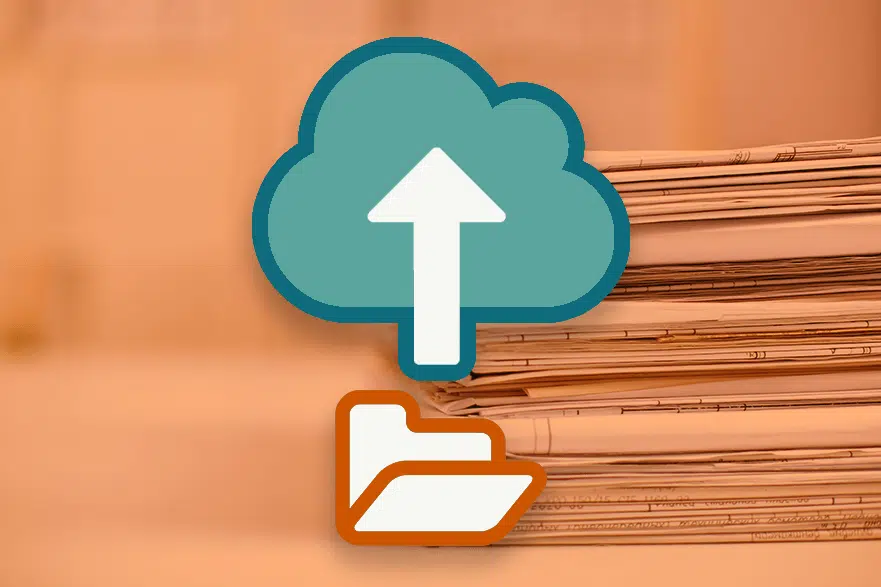

If you’ve already got sales assets, like brochures and presentations, moving them to the web can be a great addition to your content library.
One of the basic rules of Inbound Marketing comes down to building an extensive, valuable library of content for your visitors. This library becomes a resource for them, and acts as a first line of soft sales.
More of your offline content can transition to digital formats than you’d think.
No, you’re not just going to be reprinting your business cards – unless you replicate them in a novel way on your Team or Contact pages. However, let’s look at two prime examples of content pieces that can be used, both in their original form, and as inspiration for deeper web content.
Brochures
One of the mainstays of sales presentations – and used everywhere from house calls, to waiting rooms, to conference floors. Usually, brochures follow two formats; they either describe your business in general to someone who has no exposure, or lay out a lot of detail for those who need it about specific products or services.
Oddly, brochures are among the best documents to reproduce as they are on your website, in multiple forms:
- General information can be used for broad pages or category landing pages
- Specific product or feature brochures can be reproduced as deep research pages in text
Either kind of document can exist on your website – either behind a simple contact form right on the page they’re transposed to, or within a Knowledge Base section of the website. This lets visitors choose their method of consumption for your content, which is never a bad thing.
Presentations
Whether it’s a sales presentation you’re accustomed to giving, or a tutorial for using one of your products to accomplish specific tasks, presentations can become a variety of media. Which kind works best relies entirely on the information being presented, and how much prerequisite information the visitor needs to understand it.
- General information and sales presentations can be used as background video clips for important landing pages
- Sales pitches that rely on education about the product can become webinars
- Deep tutorials about your products can also become webinars, or video material (either publicly available, or set behind a client login)
- Quick “How to” style information can become blog posts, email drip marketing streams, infographics, or video as needed
There’s simply no reason not to consider multimedia these days, with web speeds and data limits increasing globally.
But why mirror our marketing assets online? Relatability and accessibility.
Beyond just growing your content library, increasing the volume of information on your website has a lot of great side benefits. Because people appreciate different kinds of information in different ways, making the greatest volume of options to get certain pieces of information lets them choose how they prefer to engage with your business.
By mirroring a video presentation on your site, in its own blog post (if it’s timely content) or knowledge base entry (if it’s timeless), you have the opportunity to add a lot of context. You can transcribe video, right on the page, and create a text document to compliment it. This will help bolster your site’s text content, as well as allowing visitors to seek out particular tidbits of info within the video.
Adding the content of a brochure to your website not only gives you content on the page (as with transcription), but also provides an asset your visitors can download and use in their own time. This asset, if it’s valuable enough, may also justify being placed behind its own contact form – so you can collect lead information from visitors accessing it.
If your inbound marketing is going to work, your best content belongs on your website – regardless of its original format.
Source: Hello BLOG
Recent Articles
Write For Us
Think you’ve got a fresh perspective that will challenge our readers to become better marketers? We’re always looking for authors who can deliver quality articles and blog posts. Hundreds of your peers will read your work, and you will level up in the process.Ready to grow? Say Hello








